Great Sand Sea Glass of the Libyan Desert
Even King Tut was intrigued by the glass of the Great Sand Sea.
A very special and remote area between the sand dunes of the southwest corner of Egypt, the Great Sand Sea presents a rare and mysterious treasure.
There are many theories about the origins of the unique Libyan glass. Some think that it is related to radiative melting, or ancient warfare. The glass was first discovered by stone-age Aterian peoples, who made tools from the glass, and later by Egyptians. A polished piece of glass was centered in an elaborate piece of jewelry found in King Tutankhamen’s tomb. Since these times, the glass remained untouched because of the harshness and inaccessibility of the region.
After King Tut’s time, P.A. Clayton was the first to explore the area in the 1930s. He collected samples that helped to develop the first scientific description of the glass and theories of its creation. The harsh landscape and environment prevented visitors to the area until the 1970s, when two meteor impact structures were discovered, providing further evidence of the origins of the fascinating glass. Today, the glass is a popular souvenir, but how King Tut got his hands on it remains a mystery.
It has been estimated that the glass was formed around 26 million years ago. Chemical analysis of the natural glass reveals that it is fortified with “meteoritic elements with typical chondritic proportions,” leading scientists to believe that the glass is the chemical result of a meteorite colliding with the nearly 100% silica composition of the sand.

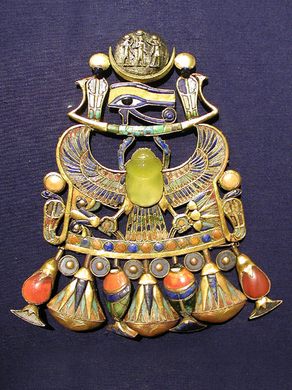
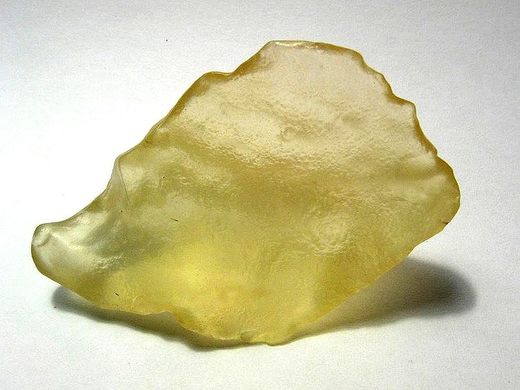







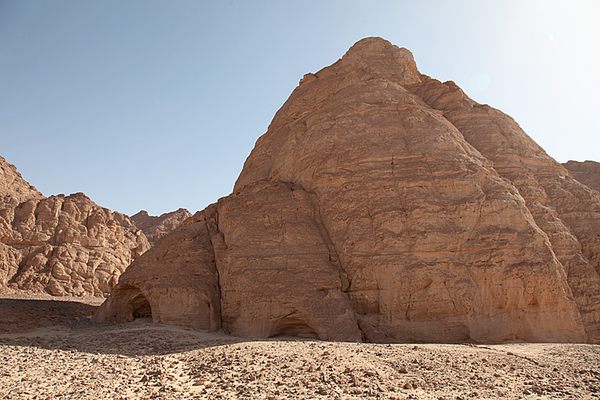
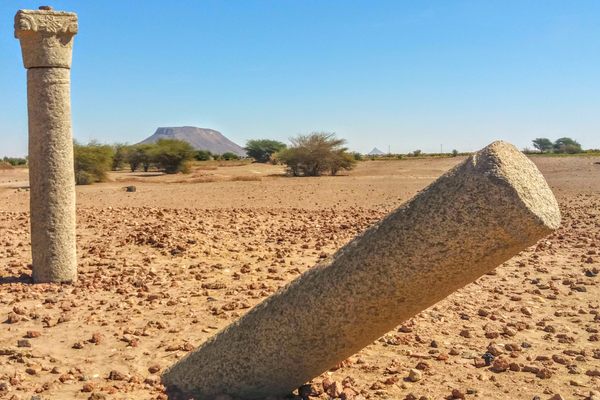

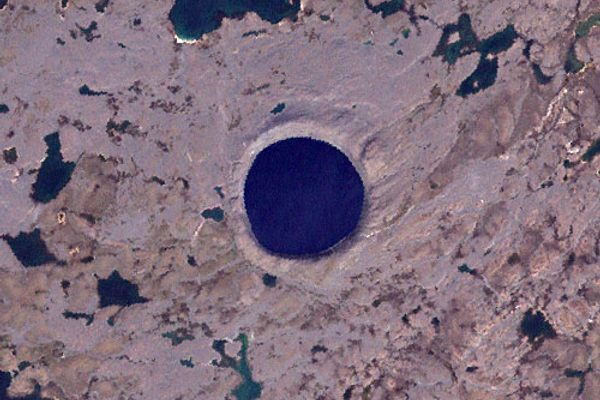
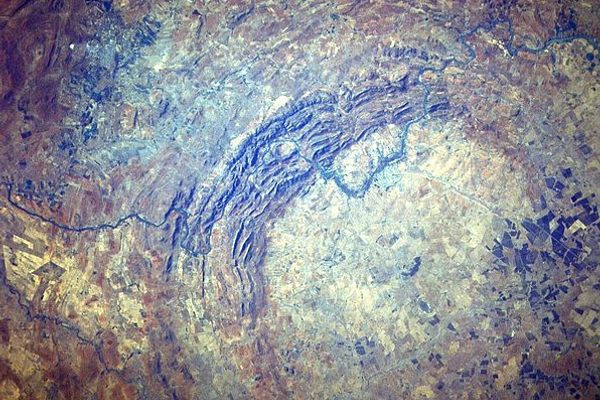
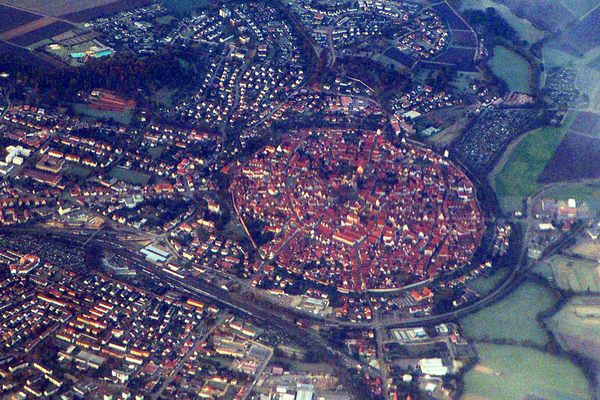


Follow us on Twitter to get the latest on the world's hidden wonders.
Like us on Facebook to get the latest on the world's hidden wonders.
Follow us on Twitter Like us on Facebook